When you think of eastern Europe, what’s the first thing that crosses your mind? If it isn’t white sand beaches, remote forests, and dirt so fresh you can smell it from a mile away, you need to reconsider your trip planning.
Whether you’re a devoted slow-foodie or archaeologist, eastern Europe has a lot to offer, yet this culturally rich region of the world is surprisingly overlooked in most travel itineraries. If you’re looking for some of the last unspoiled nature on earth and the best accidentally-organic produce, the fact that it’s neglected might just work to your advantage. Exploring these natural treasures, you can still find places that are almost completely untouched. The air just smells different in the middle of a secluded forest in the Czech Republic. Plus, traveling here is significantly cheaper than in other parts of Europe. When your dollar can go farther, so can you.
Pungent truffles, dozens of unique varieties of cheese, and a red pepper spread sometimes called “vegetable caviar,” the culinary treasures of this region are an expression of the vibrant and often untouched natural world as well as the the many cultures that converge here. From the colorful Roma of Central Europe to the sun drenched Mediterranean cultures of Croatia and Montenegro, Eastern Europe is far more than what meets the eye. Check out Europe’s best kept secrets for a taste (literally!) of what the area has to offer.
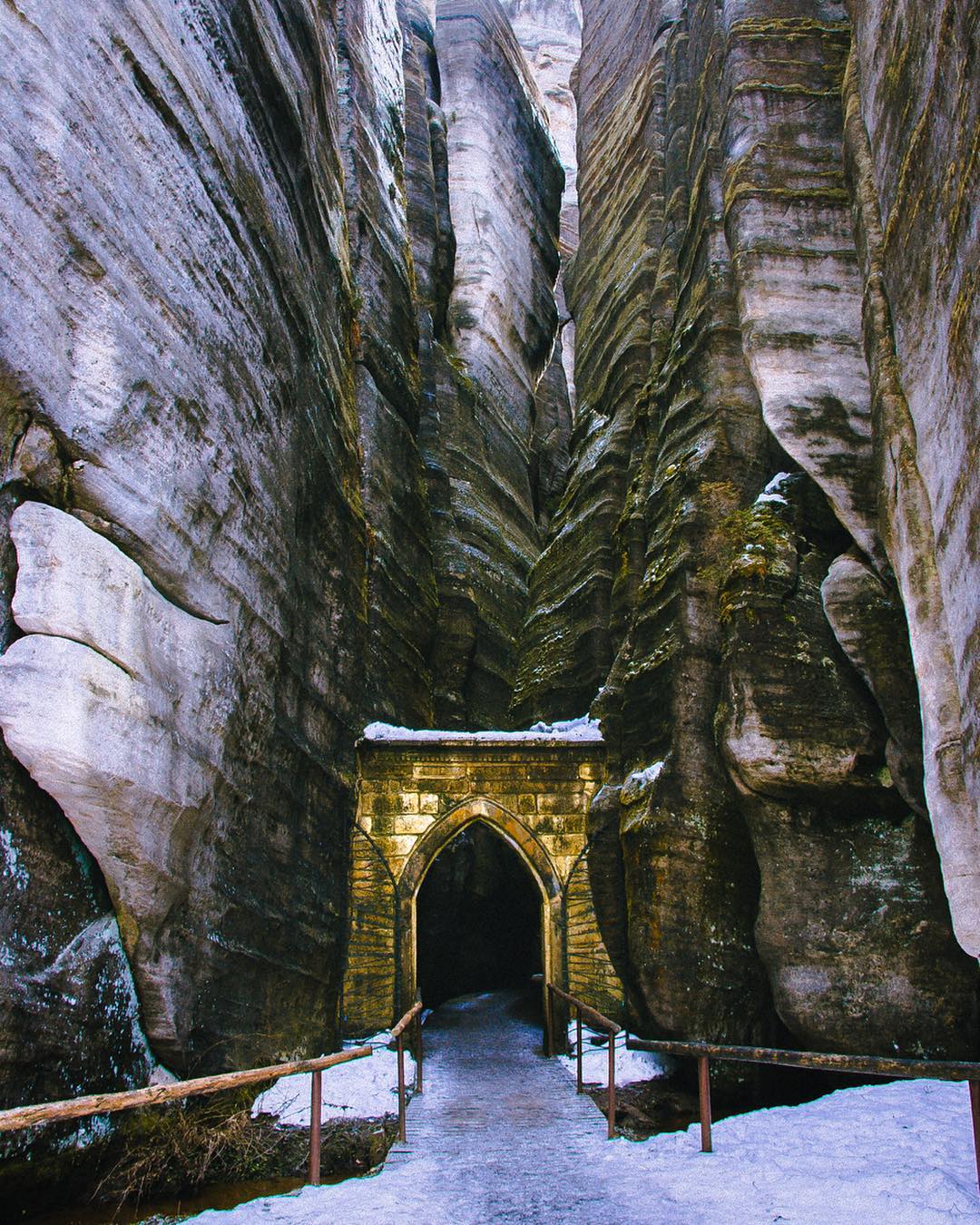
Adršpach-Teplice Rocks via @tabea_victoria
Adršpach-Teplice Rocks, Czech Republic
Ideal for: Hiking, Mountain Climbing, Canine Companions, Watching the Foliage Change, Budget Travel
Also known as the Rock Forest, these massive rock formations were created by glaciers moving through the region. Adršpach-Teplice Rocks is a favorite for rock climbers and even rock jumpers. The gorgeous formations have seen organized tourism since the 1930s, so trails have been marked for the most adventurous to the most laid back of hikers.
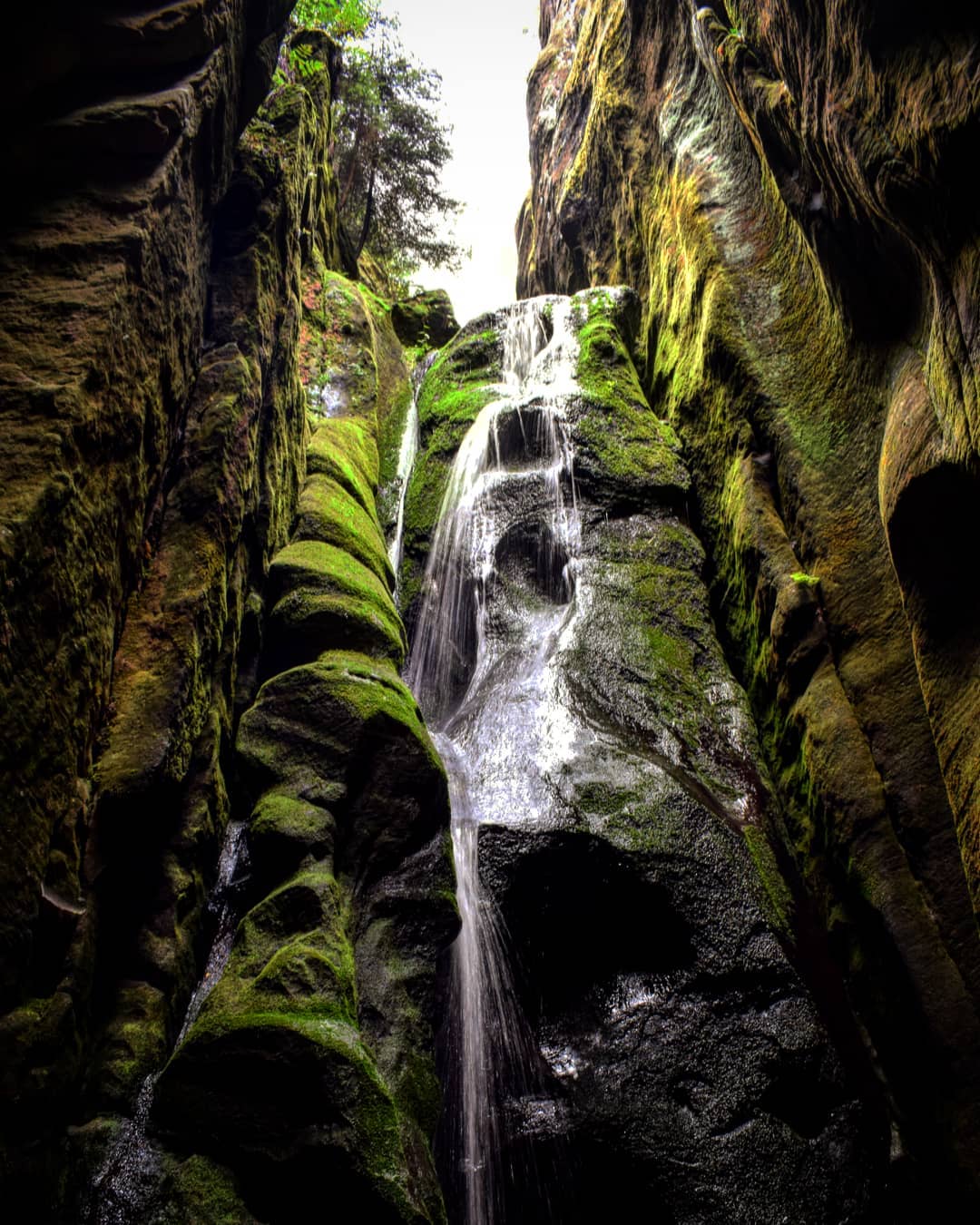
Adršpach-Teplice Rocks via @zwyczajni
The waterfalls, crystal clear lake, and dense forests led to a fair share of local folklore. Locals claimed the rock forest was protected by the spirit of the mountains, Krakonos, and filled with fairies and witches, which will be easy to believe while you’re watching the fog roll off the lake. The mystical vibes have even drawn the attention of Hollywood. The Adršpach-Teplice Rock Forest was chosen as the set for the mythological isle of Avalon for the Arthurian miniseries, The Mists of Avalon. Visitors should set aside at least 3 hours for walking one of the trails in the park. Adults can expect to spend around $3.50 to enter in the summer and $2.00 in the winter.
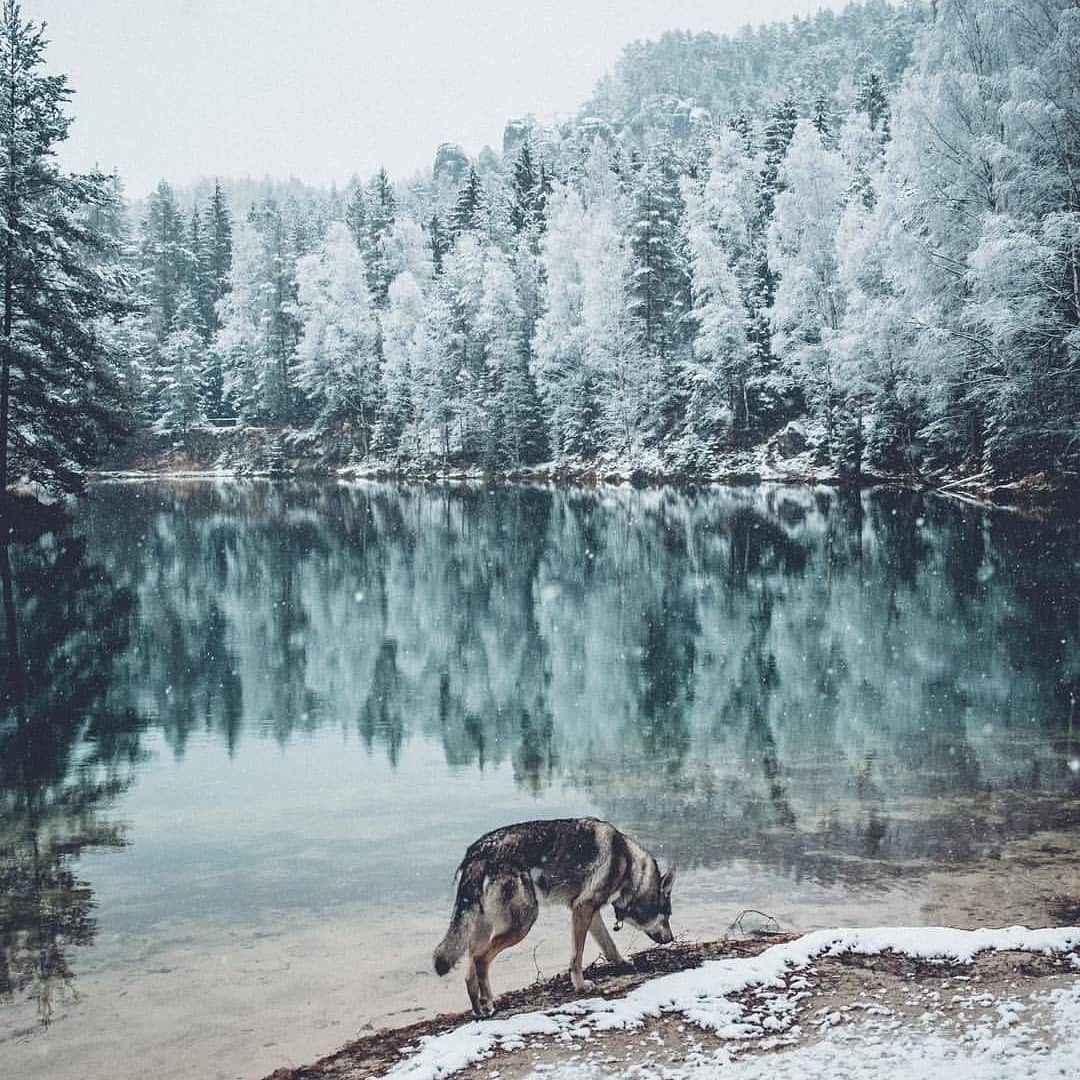
Adršpach-Teplice Rocks via @refreshercz
Adršpach-Teplice Rocks is about a two and half hour drive from Prague or a three and a half hour drive from Dresden. You can also get to Adršpach-Teplice Rocks by bus from Prague, but you’ll probably have to make a transfer in Trutnov. The bus option will take 5 hours and cost around $15. You can stay in Teplice for a taste of Czech architecture from the Imperial period and local cuisine, or in Adršpach for a more rustic experience. Winter, summer, and anytime in between are all great times to visit.
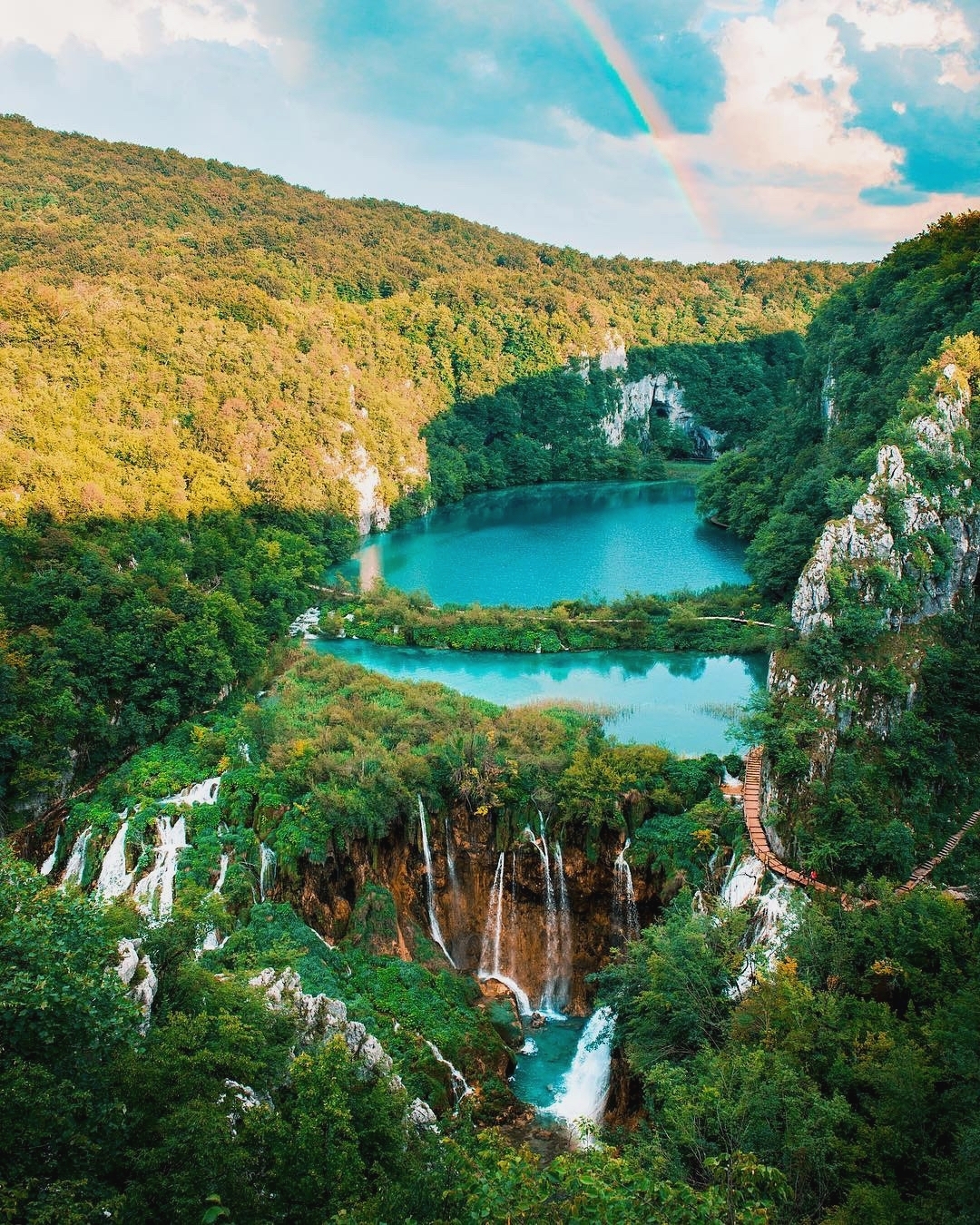
Plitvice Lakes National Park via @lookingaroundtoday
Plitvice Lakes National Park, Croatia
Ideal For: Casual Strolling, Waterfall Chasers, and Nature Photographers
Plitvice Lakes National Park is the go to spot for waterfalls in Eastern Europe, in any season. In the summer, lavish in the bright blue waters and lush green landscapes. During the winter, the park is transformed into a frozen palace straight out of a fairy tale. Hundreds of frozen waterfalls and snow covered trees will leave you with the surreal feeling of having stumbled into a totally different world.
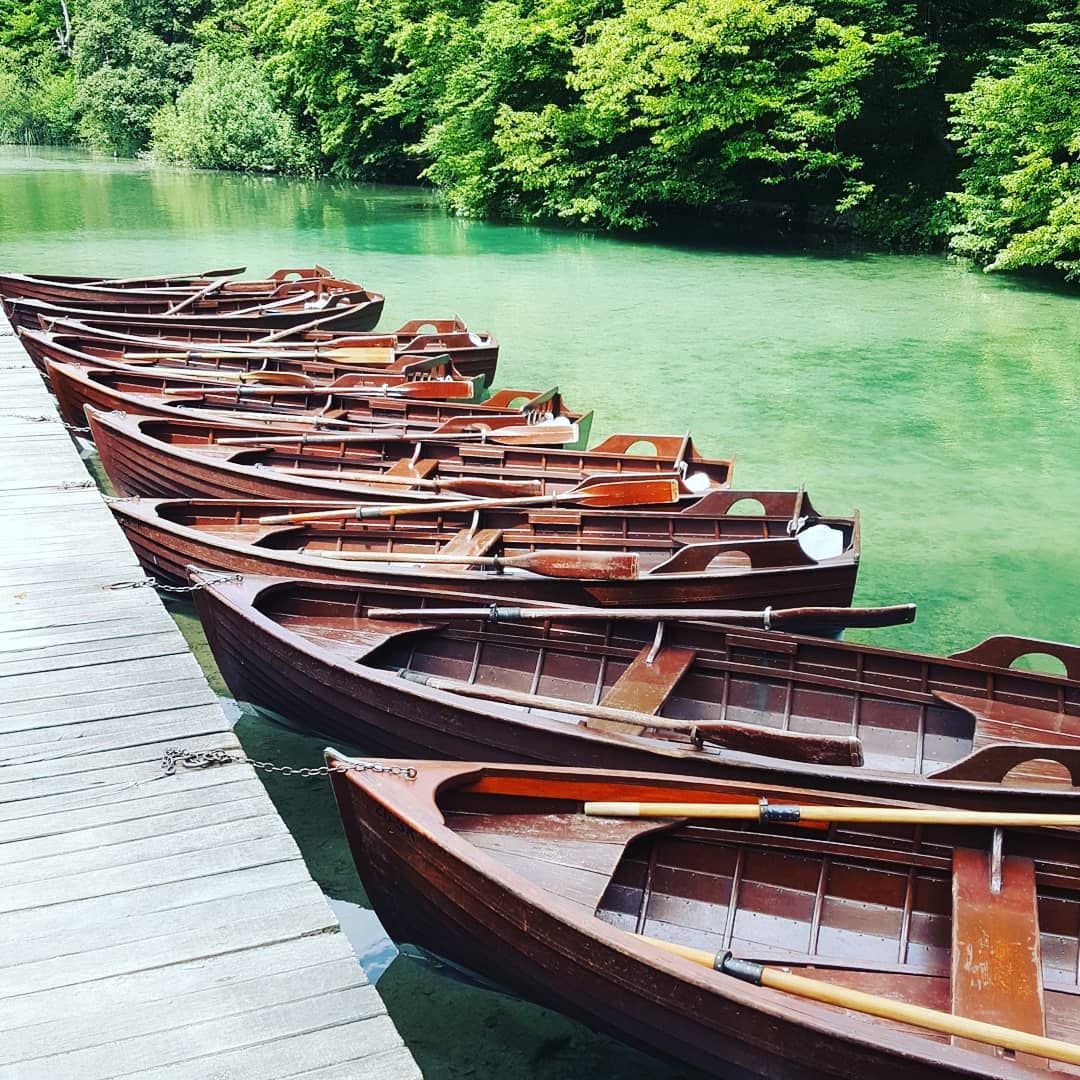
Plitvice Lakes National Park via @sergejeva.julija
Entrance fees to the park are around $8 in the fall & winter and twice that in the summer. This Unesco World Heritage site can be reached from Zagreb by car in under two hours, or from Budapest in about five hours. Private busses and tours run to Plitvice from both cities. You can also grab a public bus from Zagreb for around $16.50. Take a day trip from Zagreb, or stay in the nearby town to immerse yourself even more in nature.
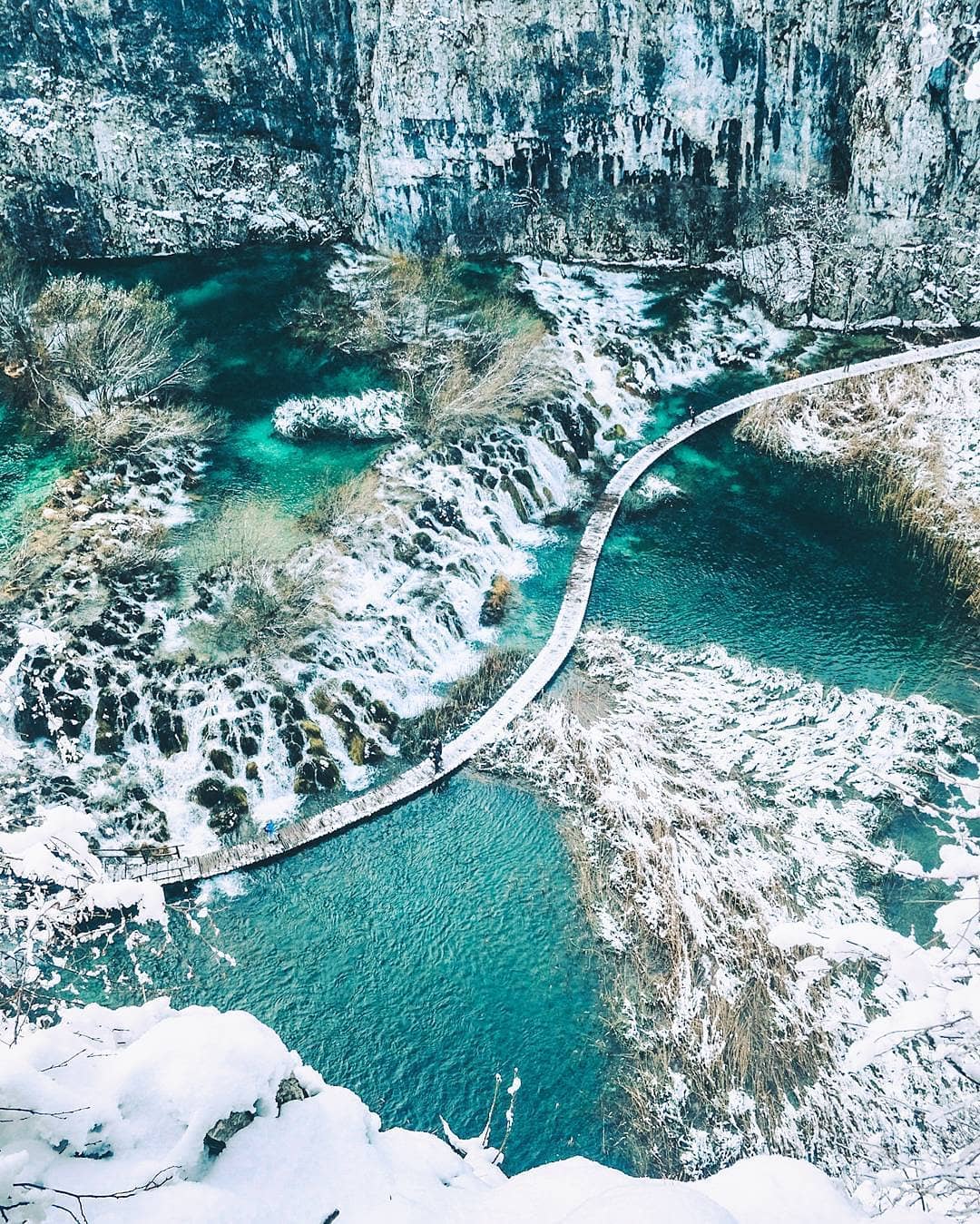
Plitvice Lakes National Park via @travelanddestinations
Dolina Soče, Slovenia
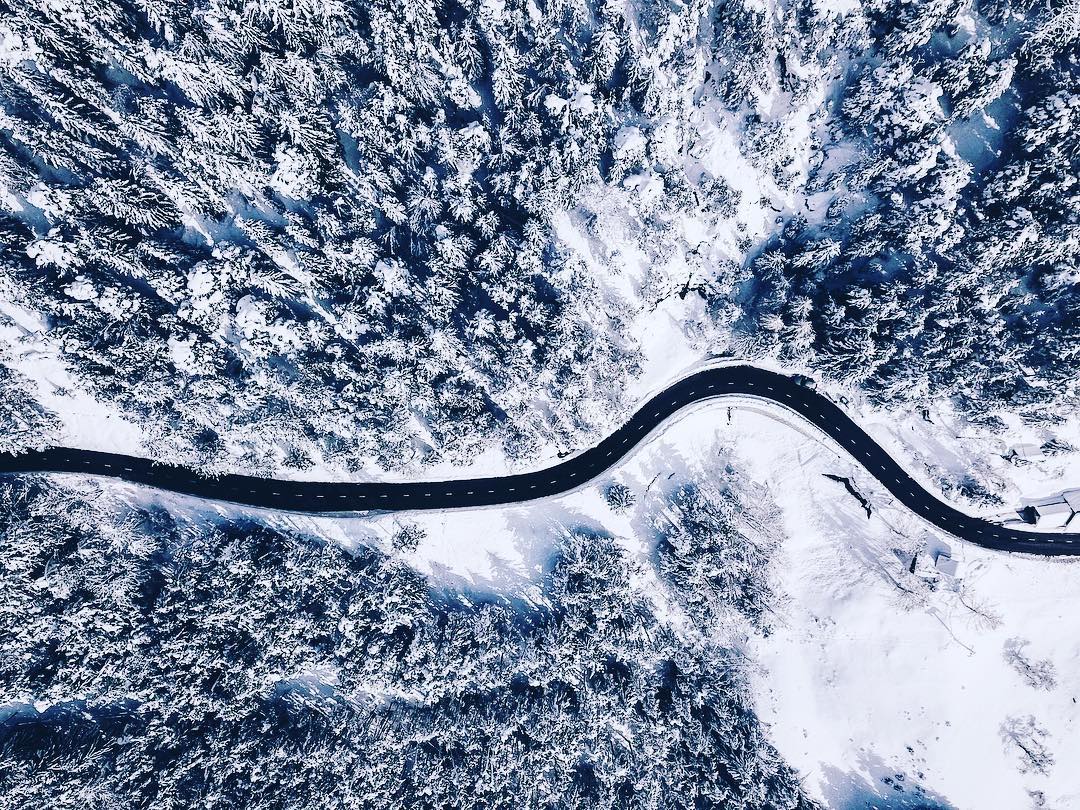
Winter wonderland in Soča Valley. (Courtesy of @janfaganelj)
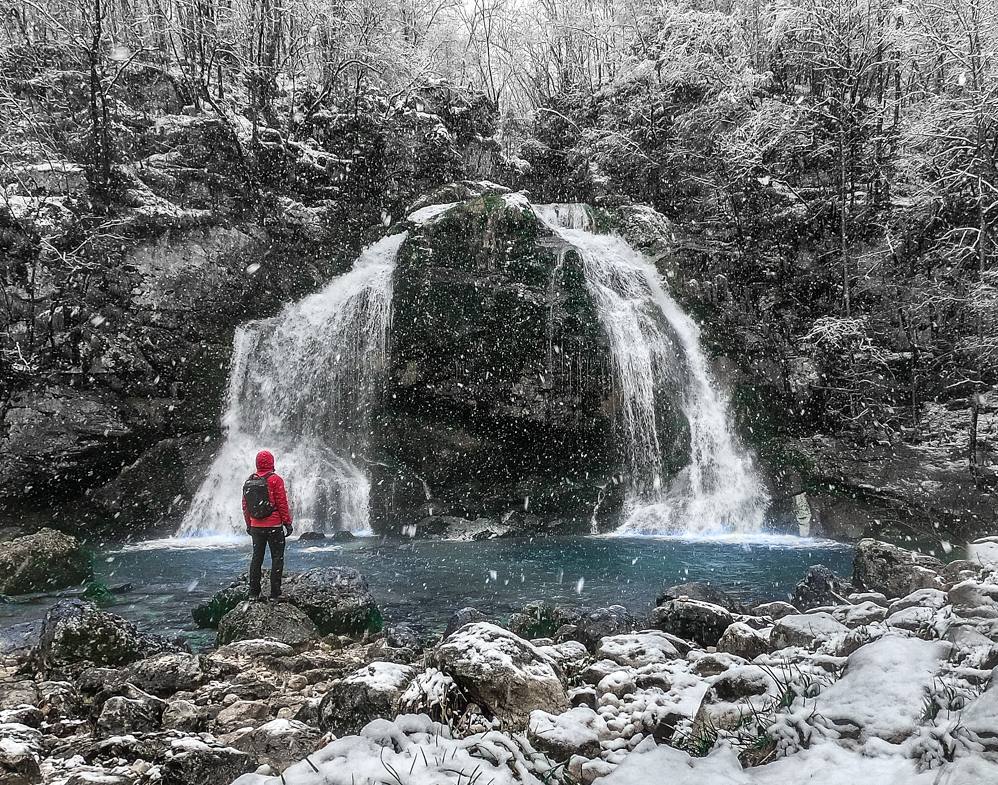
Waterfall at Slap Virje. (Courtesy of @ninomiklavec)
Ideal for: Hiking, Foodies, Water Sports, Swimming, Cycling, Historians
Dolina Soče, or Soča Valley, is an outdoor enthusiast’s dream. The alpine valley is halved by the “emerald river” and features dozens of waterfalls. The source of the brightly hued river lies in the Julian Alps (a Lonely Planet top destination for 2018) and is one of the few rivers left in Europe clean enough to jump right in to. Between white water rafting and mountain biking, Soča Valley is considered one of the best adventure destinations in Europe.
If you’re looking to indulge in the natural wonders in style, you’re in luck. This valley is rife with fresh produce, so stop by one of Europe’s most cutting edge restaurants, Hisa Franko, as seen on Chef’s Table. Chef Ana Ros, dubbed the “World’s Best Female Chef” of 2017, celebrates her love for her native Slovenia by converting seasonal eats into culinary works of art, while her husband hand selects the pairings from organic, Slovenic wines.
While visiting the Soča valley, stay in Kobarid to be just a few minutes from Napoleon’s Bridge, perfect for history buffs. Kobarid is also home to Hisa Franko, which serves as a bed and breakfast as well as a next level gourmet restaurant. Kobarid can be reached in two hours by car from Ljubljana, the capital of Slovenia. About an hour and 45 minutes away from Ljubljana is the city of Tolmin where you can stay (and eat!) at an organic farm.
Mount Korab & Mavrovo Valley, Macedonia
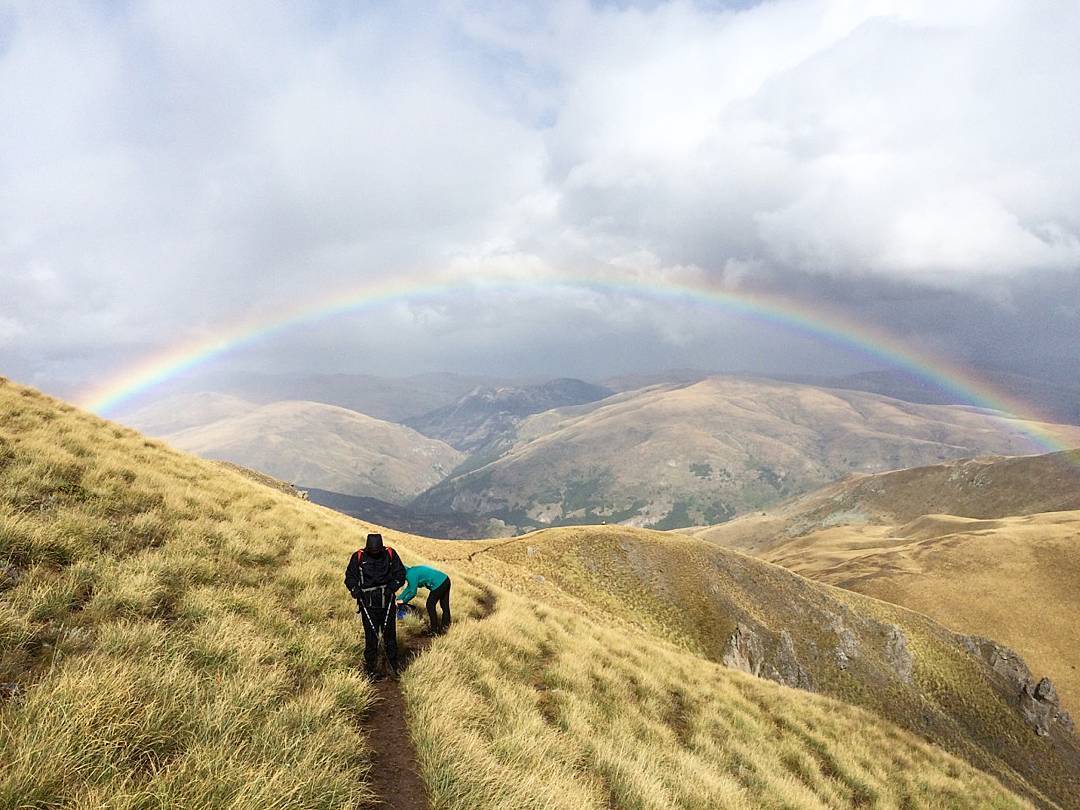
Hiking in Macedonia. (Courtesy of @ilovehikingmacedonia)
Ideal for: Hiking, Skiing, Horseback Riding, Foodies & Cheese Enthusiasts, Mountain Climbing, Waterfalls
Mount Korab is the highest peak in Macedonia, forming a portion of the border between the birthplace of Alexander the Great and Albania. With fields of wildflowers and vast green valleys dotted with sheep, Mt. Korab looks like a pastoral scene out of an Impressionist painting.
If you want to trek to the peak of Mt. Korab or just explore the surrounding nature, you’ll want to begin your day at Mavrovo National Park, which is roughly an hour and a half drive from Skopje, the Macedonian capital. In the Mavrovo Valley you can visit a 16th century monastery or taste cheeses still made according to ancient Macedonian tradition. A special cheese tasting tour will cost between $15-$50 and can even be done on horseback.
If you decide to hike to the summit, it will take about five hours—you’ll need to bring your passport due to the proximity to the Albania border. Snow block is common in the winter—so for guaranteed clearance through mountain passes, trekking through the summer is best for the full hike. Set up camp near the summit, spend the night in the Mavrovo Valley where you can sample the local cuisine, or even rest your head at the Bigorski Monastery. If you do want to visit Mavrovo in the winter, check out one of the ski lodges to brush elbows with the locals.
Croatia’s Islands
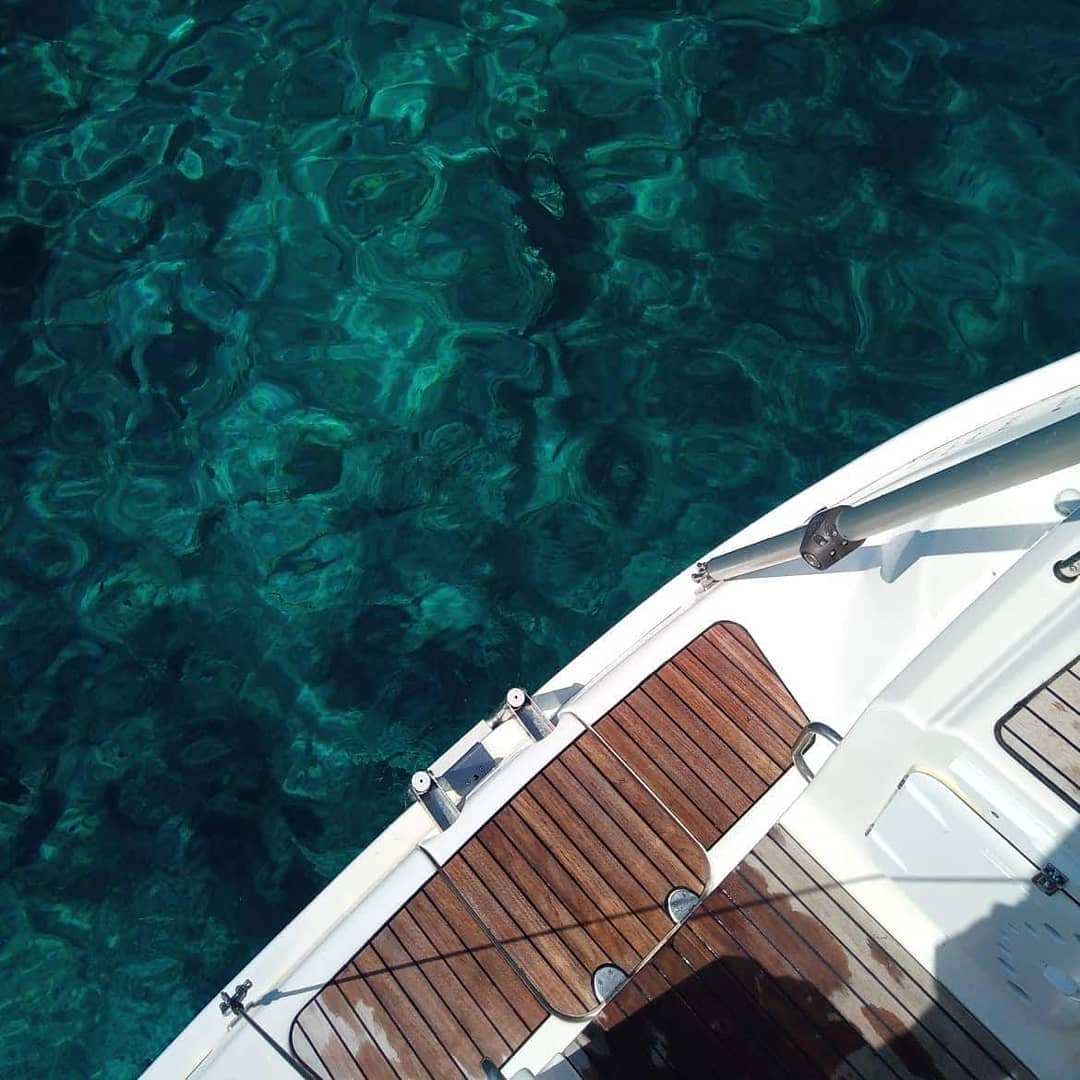
Sailing in Sušac. (Courtesy of @potterssailing)
Ideal for: Sailing, Seafood, Lighthouse Enthusiasts, Amateur Archaeologists, Scuba Diving
The small country of Croatia serves up some of the most diverse, well protected, and awe inspiring nature in Eastern Europe. As if clear as glass lakes and mystical waterfalls weren’t enough, Croatia also delivers around 1,000 white sand islands that dot the Mediterranean. Visit Hvar for the swankiest yachting in Croatia or Vis for a romantic getaway. Looking for something a little more off the beaten path? Check out Rab for nudist-friendly paradise in an ancient town or remote Sušac to spend the night in the Sušac lighthouse. Fun fact: Rab’s nudist tradition began after the visit of King Edward VIII who is said to have swam naked there in celebration after abdicating the British throne to pursue his Catholic, American, divorced lady love Wallis Simpson.
With hundreds of islands sprawled across the Adriatic Sea filled with coral reefs, underground caverns, and even archaeological remains, Croatia is a haven for scuba diving. Don’t miss the colorful Vodnjak Reef in Hvar or the Roman shipwreck in Cavlin.
It would be a pity to leave without tasting the fresh seafood. For the pinnacle of Croatian cuisine check out Zori in Hvar, run by a third generation Croatian chef and her husband. At Zori, you can expect the freshest seafood paired with local produce and a picture perfect view of the ocean.

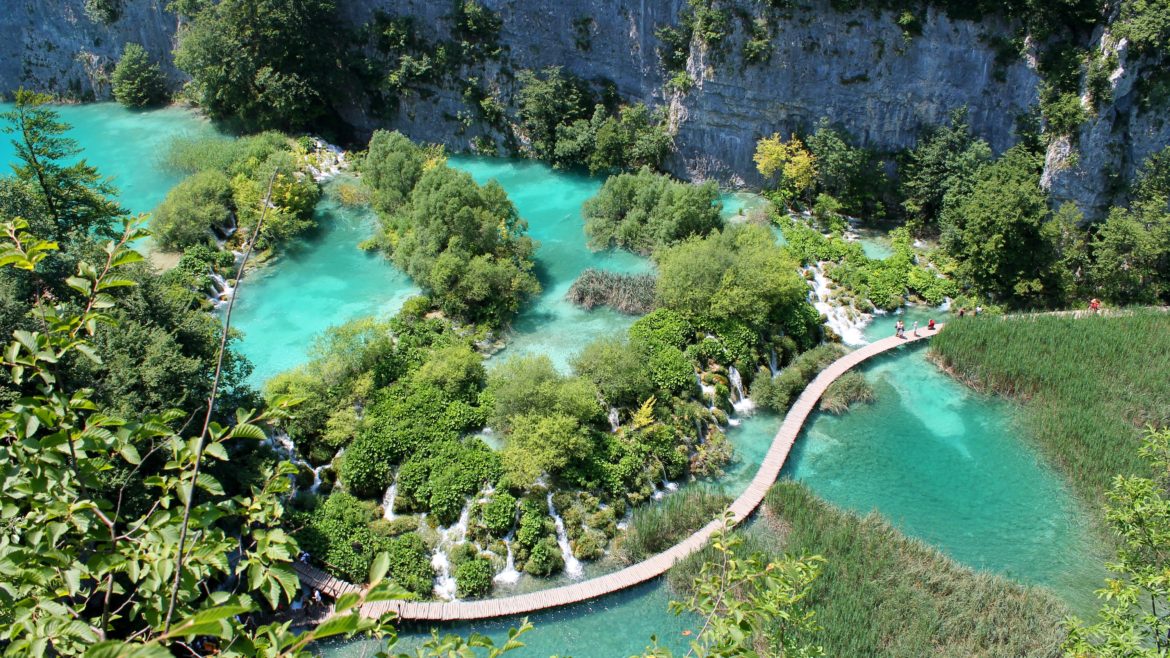





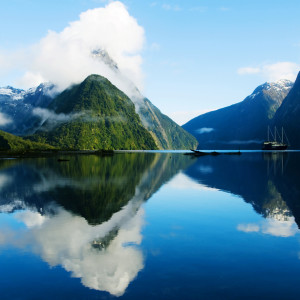
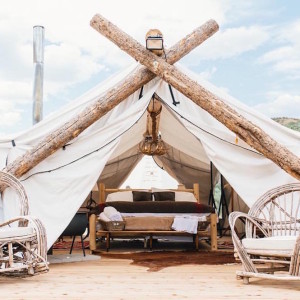
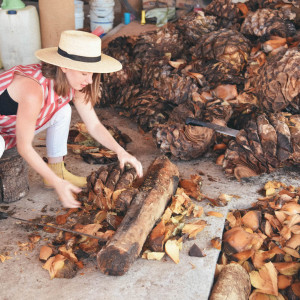
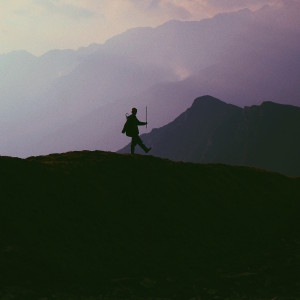
Leave a reply